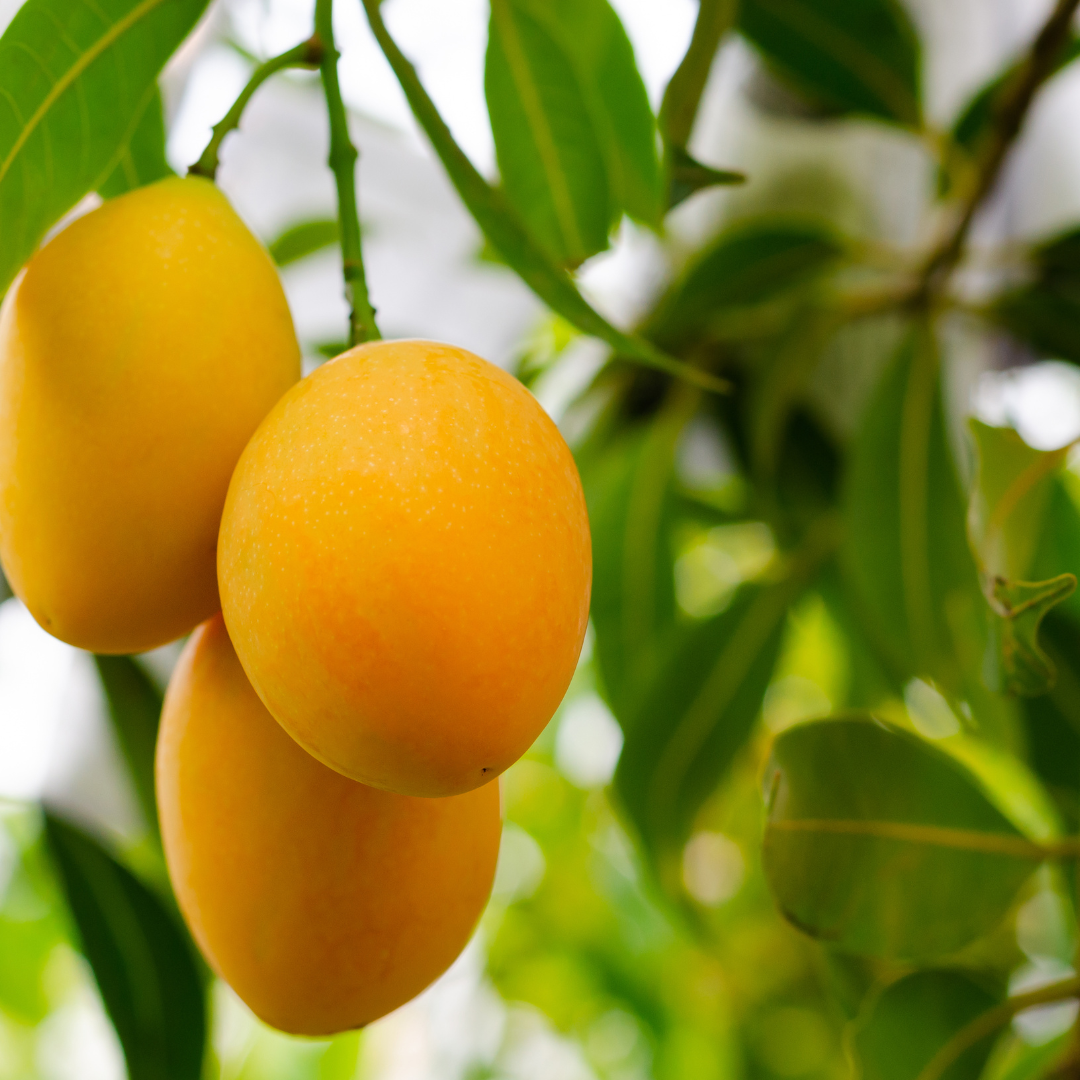Plants bring life, beauty, and tranquility to our homes, but to truly thrive, they need more than water and sunlight—they need essential nutrients. Fertilizers play a crucial role in maintaining lush, healthy growth, vibrant leaves, and even flowering and fruiting for certain species.
However, with so many different types of fertilizers available, finding the best fertilizer for your plants can feel overwhelming. Should you go for a slow-release fertilizer, a liquid plant food, or a granular fertilizer? Do you need a high nitrogen mix or something with a balanced NPK ratio? Let’s break it down and explore the best fertilizers to help your tropical plants flourish.

1. Marphyl Organic Liquid Fertilizer
Marphyl Organic Liquid Fertilizer is a game-changer. Made from marine phytoplankton, this organic product is packed with amino acids, fulvic acids, humic acid, and other growth boosters that enhance the nutrient availability of your plants. This water-soluble fertilizer is a fantastic option for both indoor plants and outdoor plants, as it replenishes the soil with essential elements that encourage strong root growth and vibrant foliage.
One of the standout features of Marphyl is its sustainability. This complete fertiliser is 100% organic, vegan, and free of toxic levels of chemicals. It works beautifully for a variety of plants, from edible plants like citrus trees to foliage plants such as snake plants and zz plants. To use it, simply mix a little bit into a quart of water and apply it every two weeks. You’ll notice new growth and an overall health boost in no time!

2. M.M Basics 20-20-20 Fertilizer
If you're looking for a reliable, no-fuss fertilizer mix, M.M Basics Fertilizer is a solid choice. With a balanced NPK ratio of 20-20-20, this water-soluble fertilizer delivers an instant dose of necessary micronutrients, making it ideal for tropical fruit trees as well as a variety of houseplants, including African violets, fiddle-leaf figs, and spider plants.
One of the reasons why it is a favorite among plant enthusiasts is that it dissolves quickly in a gallon of water, ensuring even nutrient distribution. Plus, its high nitrogen content encourages leafy growth, making it perfect for periods of active growth during the growing season. Just be mindful of how much nitrogen your plants need—too much can lead to excessive foliage at the expense of flowers or fruit.

3. Worm Castings
If you prefer something natural, worm castings are an excellent slow-release fertilizer. These tiny granules are packed with organic matter and beneficial microbes that improve soil structure, enhance water retention, and promote root development. Unlike chemical fertilizers, worm castings won’t disrupt your soil pH or burn your plants, making them one of the best ways to feed sensitive foliage plants like zz plants and snake plants.
The best way to use worm castings is to mix them directly into the soil or top-dress around the base of your plants every few months. Since they are a slow-release option, they continuously provide essential nutrients without the risk of over-fertilization. If you’re growing in soil-less media, worm castings can also be a great addition to improve nutrient availability.

4. Osmocote Plus Smart-Release Plant Food
For those who prefer a hands-off approach, Osmocote Plus Smart-Release Plant Food is an excellent choice. This granular fertilizer is formulated with a balanced 15-9-12 NPK ratio and a blend of essential nutrients that promote strong root growth and stress tolerance.
One of the biggest advantages of Osmocote is its slow release. Each application lasts up to six months, making it ideal for busy plant parents who want an easy peasy solution for their fertilizer applications. Simply sprinkle it on top of the soil, ensure a regular watering schedule, and let the granules do their magic.

5. SUPERthrive
SUPERthrive is a powerhouse when it comes to indoor plant food. Designed for fast-growing plants and those recovering from stress, it provides a complete range of essential elements that promote stem growth, root development, and overall plant vitality. With a well-rounded 7-9-5 NPK ratio and zero ammonium nitrate, it ensures optimal nutrient absorption without harming delicate root systems.
One of the best ways to use SUPERthrive is to dilute it in a gallon of water and apply it every one to two weeks. It works exceptionally well on tropical plants that require frequent feeding, especially during early spring and other periods of active growth. Plus, if you have a water source that tends to cause nutrient imbalances, SUPERthrive helps restore equilibrium in the root zone.
Choosing the Right Fertilizer for Your Plants
When selecting the best fertilizer, consider the type of fertilizer that aligns with your plant’s needs. Some plants, like fiddle-leaf figs and african violets, prefer liquid concentrates or liquid plant food that provide quick nutrient absorption. Others, such as citrus trees and spider plants, thrive with a slow release fertilizer that steadily supplies nutrients over time.
It’s also crucial to pay attention to the npk ratio. If your plant needs leafy growth, go for a high nitrogen fertilizer. If you're dealing with poor root development, opt for something with more phosphorus. Still not sure which fertilizer to choose? Check out our guide on How To Fertilize Your Plants Properly.
Avoiding Common Fertilizer Mistakes
Over-fertilization can lead to toxic levels of nutrients, causing burnt leaf tips and stunted growth. A general rule is to start with a small dose and increase as needed. Pay attention to the growing season, as plants require much fertilizer during active growth but significantly less during the winter months.
Additionally, be cautious with chemical fertilizers, as they can disrupt soil pH and cause long-term damage to plant health. If you want a more natural approach, organic fertilizers like fish emulsion can be a fantastic alternative. However, always check for organic certifications to ensure you're using a high-quality product.
Another common mistake is using the wrong type of fertilizer for your specific plant needs. Different plants have different nutrient requirements, and using an all-purpose fertilizer might not always be the best solution. For instance, foliage plants thrive on high nitrogen fertilizers, whereas flowering or fruiting plants require more phosphorus and potassium.
It’s also important to consider how frequently you apply fertilizer. Too frequent applications can lead to an accumulation of salts in the soil, which can damage the root zone. To prevent this, follow a regular watering schedule and occasionally flush the soil with clear water to remove any excess nutrients.
Foliar feeding can be another effective method, but it should be done with caution. While spraying nutrients directly onto the leaves can provide a quick nutrient boost, overdoing it can lead to leaf burn. The best way to foliar feed is to use a diluted fertilizer mix and apply it during cooler parts of the day to avoid stress on the plant.
Understanding the needs of your specific plants and adjusting fertilizer applications accordingly will help maintain their overall health and ensure long-term success. Keeping an eye on new growth, monitoring for signs of deficiencies, and adjusting your fertilization approach based on seasonal changes will set your plants up for optimal health and longevity.
The Role of Water in Fertilization
Water is more than just a means to hydrate your plants; it plays a crucial role in the fertilization process by acting as the delivery system for essential nutrients. Without the right amount of water, fertilizer applications become ineffective, as plants struggle to absorb the nutrients they need for growth and overall health.
One key aspect of water in fertilization is nutrient availability. Fertilizers, whether they are liquid concentrates, granular fertilizers, or slow-release options, require moisture to break down and be absorbed by plant roots. In sandy soils, where water drains quickly, nutrients can wash away before plants have a chance to absorb them. In contrast, clay soil retains moisture for longer periods, which can sometimes lead to nutrient buildup and potential toxicity. Understanding your soil type helps you determine how much fertilizer and water your plants need.
Additionally, the quality of your water source can significantly impact fertilization. Tap water in many areas contains chlorine and other chemicals that may interfere with the nutrient uptake of certain plants. Using filtered or rainwater can be a simple solution to prevent any issues caused by water quality. Moreover, hard water, which contains high levels of minerals, can alter soil pH and impact nutrient absorption. Checking your soil pH periodically ensures that your plants are getting the most out of their fertilizer mix.
Another important factor is maintaining a regular watering schedule. Periods of active growth require more frequent watering, especially in bright light conditions where plants use more water for photosynthesis and transpiration. On the other hand, during the winter months, reducing watering prevents root rot and ensures that plants don’t receive too much fertilizer, which can cause stress.
For those who prefer foliar feeding, water acts as a medium to deliver nutrients directly to the leaves. This method is particularly useful for providing micronutrients and growth boosters quickly, but it should be done with care. Applying fertilizers during cooler climates or early in the morning prevents leaf burn and maximizes absorption.
In hydroponic or soil-less media setups, water becomes even more essential, as it carries all the necessary micronutrients and essential elements plants need to thrive. A well-balanced water-soluble fertilizer is the best way to ensure plants receive a steady supply of nutrients without the risk of over-fertilization.
Ultimately, finding the right balance of water and fertilizer is crucial to plant health. Whether you’re using a liquid fertilizer, a slow-release option, or a type of fertilizer designed for specific plants, always consider how water affects nutrient absorption and root growth. With the right approach, your plants will flourish year-round.
Happy growing!

